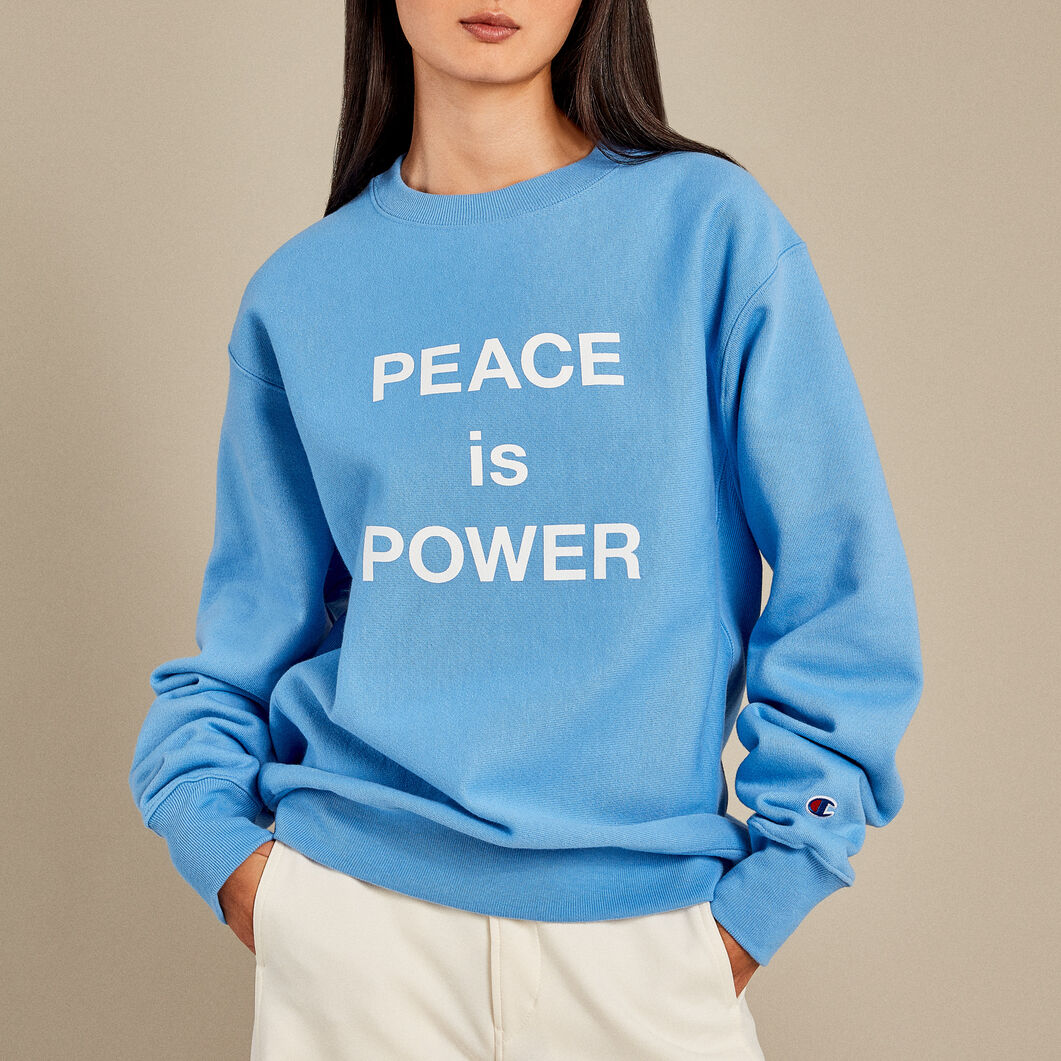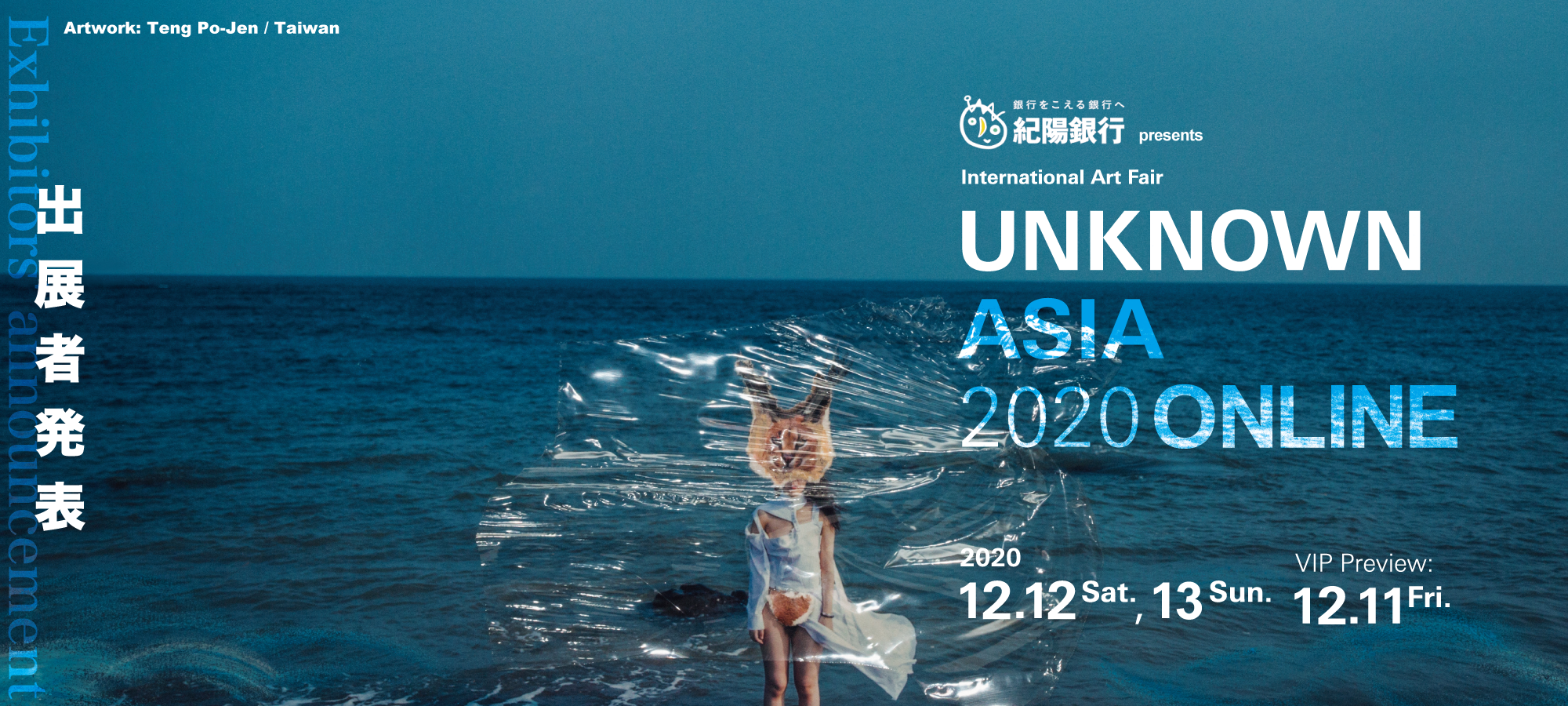DOMA COLLECTIVE
PEOPLEText: Gisella Lifchitz
So, let me get this straight: you don’t want to change the world, what you want is to provoke a reaction, right?
Of course. There’s some confusion around it. We don’t want to break the system, we know we are inside the system, and for us that is ok, that’s where we want to be to make fuss.
How are the interventions like, for example?
Each of us does something different. We work like a team. We went to Corrientes Avenue in the middle of the night and glued signs everywhere. Next day, everyone found the downtown filled with messages.
Another time, we painted the subway stairs with drawings of cows. In 9 de Julio Avenue there’s this tunnel that crosses it, and we reunited with many artists to paint cows, each one with their own elements. We created different landscapes that are still in the same place.
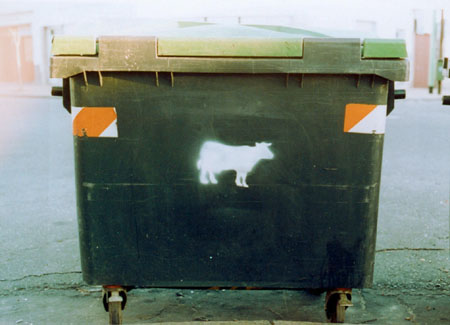
![]()
Do you particularly like cows?
Yes, cows are for Doma a strong symbol. Being cattle is very natural here; we see them in the trucks traveling throughout the fields heading for Buenos Aires. There are so many cows here that they are just a quantity, so we wanted to show that sometimes people act like cows. They walk as if they were going to the slaughterhouse.
Sometimes it is worse.
Yes, because you don’t actually get killed.
Yes, and because cows don’t think.
Last January, Doma finished its presentation at MALBA museum. They are moved by the results.
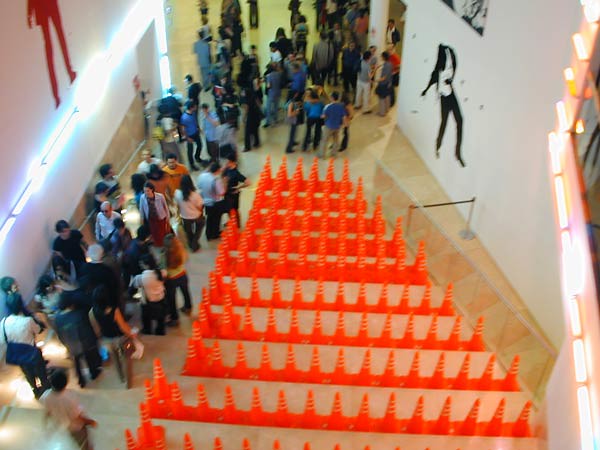
MALBA, Buenos Aires, 2003. Photo: Pablo Junquera
What can you tell me about the “Contemporary“?
We wanted to distort reality. We put 300 bright orange cones in a white museum, that’s very powerful. The balloons that get glued to the roof are also extravagant.
The day of the big opening, a 75-year-old lady asked us if she could kick and move the cones. ‘Of course’, we replied. She started to do so, with other people. That sort of interaction fascinates us.
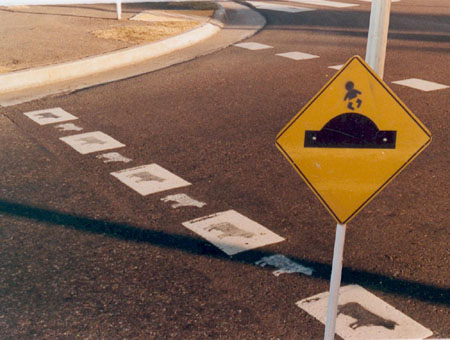
There is a sculpture of a fake body lying upside down in a dirty tank behind a glass. It’s a part of our own reality inside the shiny museum. A text tells people to ‘break the glass’ as a way to travel deep into our world. I keep looking at the scene and it reminds me of a quiet and insane bus trip, as if you were looking at everything from a rooftop, or a distant lonely cloud. What about the sculpture?
The interesting thing is that people respond in their own way, no matter what we actually wish. The MALBA exhibit comes from thoughts that affect us beyond the museum. What we care for is reality, and that’s outside the glass. We wanted to show people that we may be in MALBA with its colorful beauty, and careful security cameras, but all of it comes too from the external reality, where we actually live. We don’t live inside the MALBA and we don’t have a marble floor or white houses.
What are your next projects?
We are working on a fake political campaign with a fake candidate: a syndicated clown who wears a leather jacket. There’s going to be street publicity, merchandising and everything. All the money will go to solidarity. Finally, we have our own studio now and we work altogether to generate new material for future exhibits.
From fake clowns to real monsters, Doma has been creating their self-made reality with a unique view that keeps growing. Let’s see what’s up next; if technology will pursue us in the streets or if we finally break the glass and see the world with newborn eyes.
Text: Gisella Lifchitz
Photos: Gisella Lifchitz

